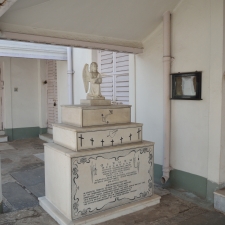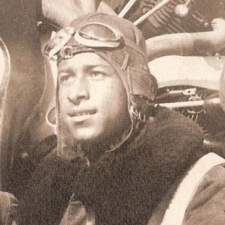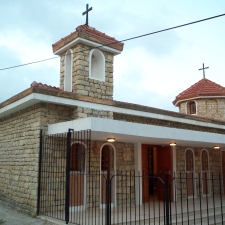Fact No. 45.
The modern Turkish language owes a lot to an Armenian.
The transition from Ottoman Empire to Turkish Republic was one that took place not just in the context of war and bloodshed in Anatolia and Asia Minor, but also a revolution in every sense of the word – political and social, yes, and also cultural and economic, driven by the extreme modernising and progressive vision of Mustafa Kemal.
One of the elements of the new Turkey was a new language. The older, Ottoman Turkish was a rather rich language, having drawn heavily from Persian and Arabic, and being influenced by the multi-lingual subjects of the Empire, whether Greek or Armenian or Slavic-speaking. All of that changed starting in the 1920s, and it continues to undergo shifts today, following regulations by the Turkish Language Association.
Most visibly, the script of the language was changed, going from a modified version of the Arabic alphabet to a modified version of the Latin script (the same one used in English). So, a Turk today – even a well-educated one – would not only be unable to simply read the letters of the Turkish of Ottoman times, he or she would not be able to understand much of the words or even some grammatical forms. The change was that radical. It was a real break with history that took place over less than a generation.
Now, who was among those who spearheaded many of these reforms? Who helped redesign the way an entire nation would write and express itself? None other than one Hagop Martayan. A native of Istanbul, Martayan was a linguist, and himself a speaker of many languages, including Armenian, Turkish, Greek, English, Latin, Russian, and others. He fought in the Turkish War of Independence, caught Kemal’s eye, and was favoured by him to lead the reforms of the Turkish language. Martayan served as Secretary-General of the Turkish Language Association and also contributed later to the Turkish Encyclopaedia.
With the passage of the law on surnames in 1934 (last names having been used only by Armenians and other minority groups before that), Mustafa Kemal became Mustafa Kemal Atatürk – “The Father of the Turks” – and he bestowed upon Hagop or Agop the name Dilaçar – “The Opener (Revealer) of the Language”. A. Dilaçar, as he was called – in order to mask his Armenian background, so the allegation goes – devoted his life to the Turkish language, while also producing works in Armenian. He passed away in 1979.
Martayan Dilaçar was not the only Hagop to leave his mark on the new Turkey. With a new name, Mustafa Kemal Atatürk needed a new signature – a design that came to be a national symbol, on display ubiquitously in that country, as the national flag and images of the founder of modern Turkey are displayed everywhere. That design was likewise put together by an Armenian, by a second Hagop, Çerçiyan this time. A teacher at the prominent Robert College (which Martayan Dilaçar attended), Hagop Çerçiyan had studied the Palmer Method handwriting system in the United States. He was approached by former students, now individuals of authority, to come up with an official signature for Turkey’s leader. Within a day, Çerçiyan came up with a design that was soon adopted.
References and Other Resources
1. Vercihan Ziflioğlu. “Atatürk’s signature came from hand of Armenian-Turkish master”, Hürriyet Daily News, 29 October, 2010
2. Dil Derneği. “A. Dilâçar” (in Turkish)
3. “Արդի թուրքերենի հայ հիմնադիրը”, CivilNet, April 9, 2014 (in Armenian)
4. Wikipedia: “Agop Dilaçar”
5. Wikipedia: “Hagop Vahram Çerçiyan”
Follow us on
Image Caption
The official signature of Mustafa Kemal Atatürk, designed by Hagop Çerçiyan in 1934.
Attribution and Source
[Public domain], via Wikimedia Commons
Recent Facts
Fact No. 100
…and the Armenian people continue to remember and to...
Fact No. 99
…as minorities in Turkey are often limited in their expression…
Fact No. 98
Armenians continue to live in Turkey…
Fact No. 97
The world’s longest aerial tramway opened in Armenia in 2010





